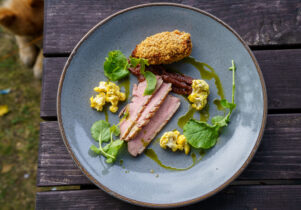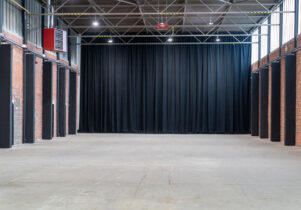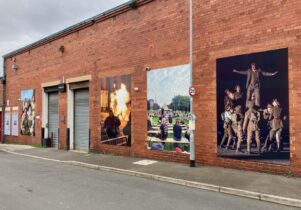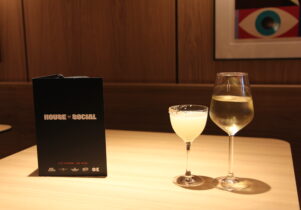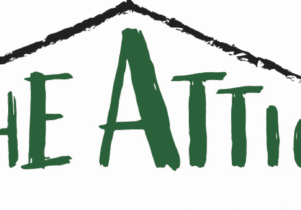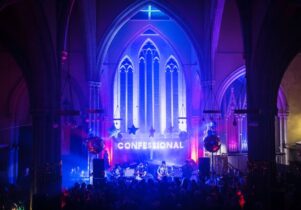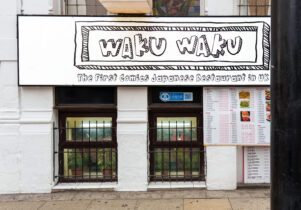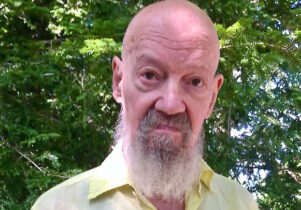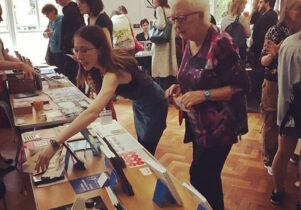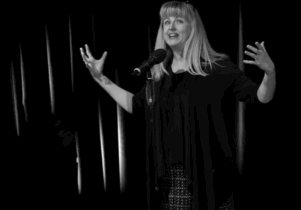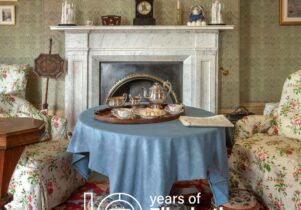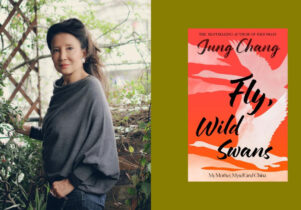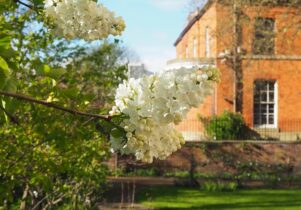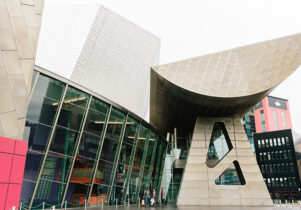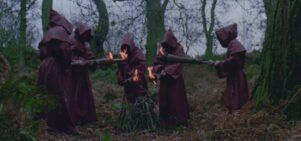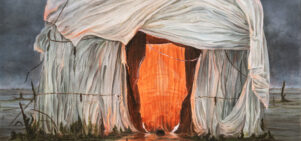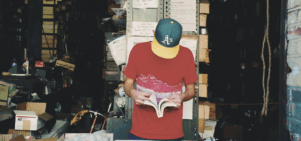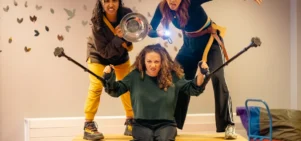Arvon’s Story House at Lumb Bank
Sarah-Clare Conlon, Literature EditorVisit now
The Story House: Local Histories
Always double check opening hours with the venue before making a special visit.
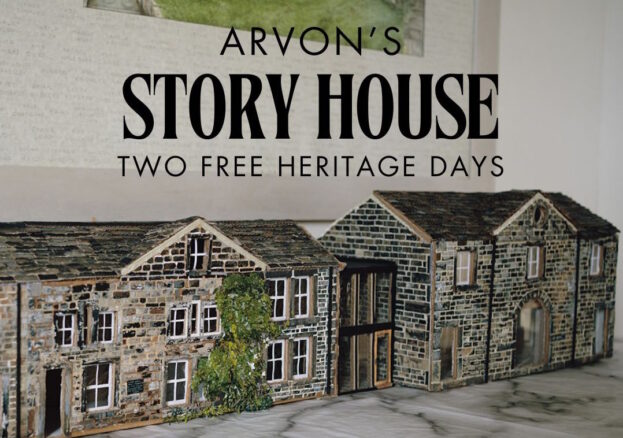
We just celebrated former Poet Laureate Ted Hughes’s birthday in the town of his birth, now head to his former home Lumb Bank for Arvon’s Story House – two interactive and imaginative Heritage Open Days.
Set in 20 acres of steep woodland with breathtaking views to the valley below, Lumb Bank is an 18th-century mill-owner’s house at Heptonstall Slack, just up the way from Hebden Bridge. In 1969 Ted Hughes bought the half-derelict house, renovating it and moving in after marrying Carol Orchard, in 1970. Hughes, Carol and the two children from his marriage to poet Sylvia Plath (who died in 1963) lived at Lumb Bank for a time, but later returned to Devon, with Hughes leasing it to the Arvon Foundation from 1975.
Arvon has been the UK’s home of creative writing for over 50 years, running retreats and courses in houses in Devon, Shropshire and Lumb Bank in West Yorkshire. Now Arvon is inviting everyone to enjoy Lumb Bank with its free Heritage Open Days that will explore the rich heritage of this remarkable place through storytelling, creativity and community connection.
Lumb Bank is opening its doors for two afternoons of workshops, talks and activities. The first day (Sunday 7 September, 12–4pm) will be family-focused; the second date – Stories, Bees & Buildings: A Day for Gathering Local Histories – is intended more for adult visitors. This open day (no booking required, just turn up) invites adult visitors to dive deeper into the heritage of the Calder Valley through stories, maps and community memory. Georgia D’Silva’s Little Lumb model will form the centrepiece of the storytelling space, inspiring conversations about how places shape who we are.
In the Local Story Map Making workshop, participants will use old and new maps to build a collective heritage map of the places that matter to you. What stories live in your street, valley or hillside?
In the Bees & Buildings session, you’re invited to join local beekeeper Pawel Warwicker for a beekeeping demonstration, when he will discuss how the Lumb bees make their delicious honey. You’ll explore the different types of honey produced in the Calder Valley and how it tastes of the local landscape. Bee boles have been used since the 12th century to keep bees, and at Lumb Bank there are seven ancient now empty bee boles, with the bees now living in hives in the field – and you’ll be able to sample some honey cake made from Lumb Bank honey.
You’ll also have the chance to meet Dr Ryad Alsous, the inspiration for the 2019 novel The Beekeeper of Aleppo by Christy Lefteri. He will give a talk about his experiences as a beekeeper and refugee from the war in Syria, as well as his initiative called the Buzz Project, which aims to help refugees and the long-term unemployed to find a sense of purpose through beekeeping.
For those who enjoy walking, and can manage 45–60 minutes on foot, with some steep climbs and uneven ground, the route from Hebden Bridge to Lumb Bank is beautiful – taking you up through the cobbled streets of Heptonstall (visit the churchyard where Sylvia Plath is buried) and along woodland paths with fantastic views across the valley.

